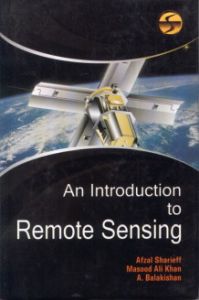
Contents: Preface. 1. An Introduction to Remote Sensing. 2. Sensors and Instruments. 3. Satellite Systems. 4. Data Reception, Archiving and Distribution. 5. Lasers and Active Aircraft Remote Sensing Systems. 6. Ground Wave and Sky Wave Radar Techniques. 7. Active Microwave Instruments. Index.
Remote sensing may be taken to mean the observation of, or gathering information about, a target by a device separated from it by some distance. The expression remote sensing was coined by geographers at the US Office of Naval Research in the 1960s at about the time that the use of spy satellites was beginning to move out of the military sphere and into the civilian sphere. Remote sensing is often regarded as being synonymous with the use of artificial satellites and in this regard one may call to mind glossy calendars and coffee-table books of LANDSAT images of various parts of the Earth of the satellite images that are frequently shown on television weather forecasts. Satellites do play an important role in remote sensing but it should be appreciated that remote sensing activity not only precedes the expression but dates from long before the launch of the first artificial satellite. There are a number of ways of gathering remotely sensed data which do not involve satellites and which, indeed, have been in use for very much longer than satellites. For example, virtually all of astronomy can be regarded as being built upon the basis of remote sensing data. However this book is concerned with terrestrial remote sensing. (Jacket)